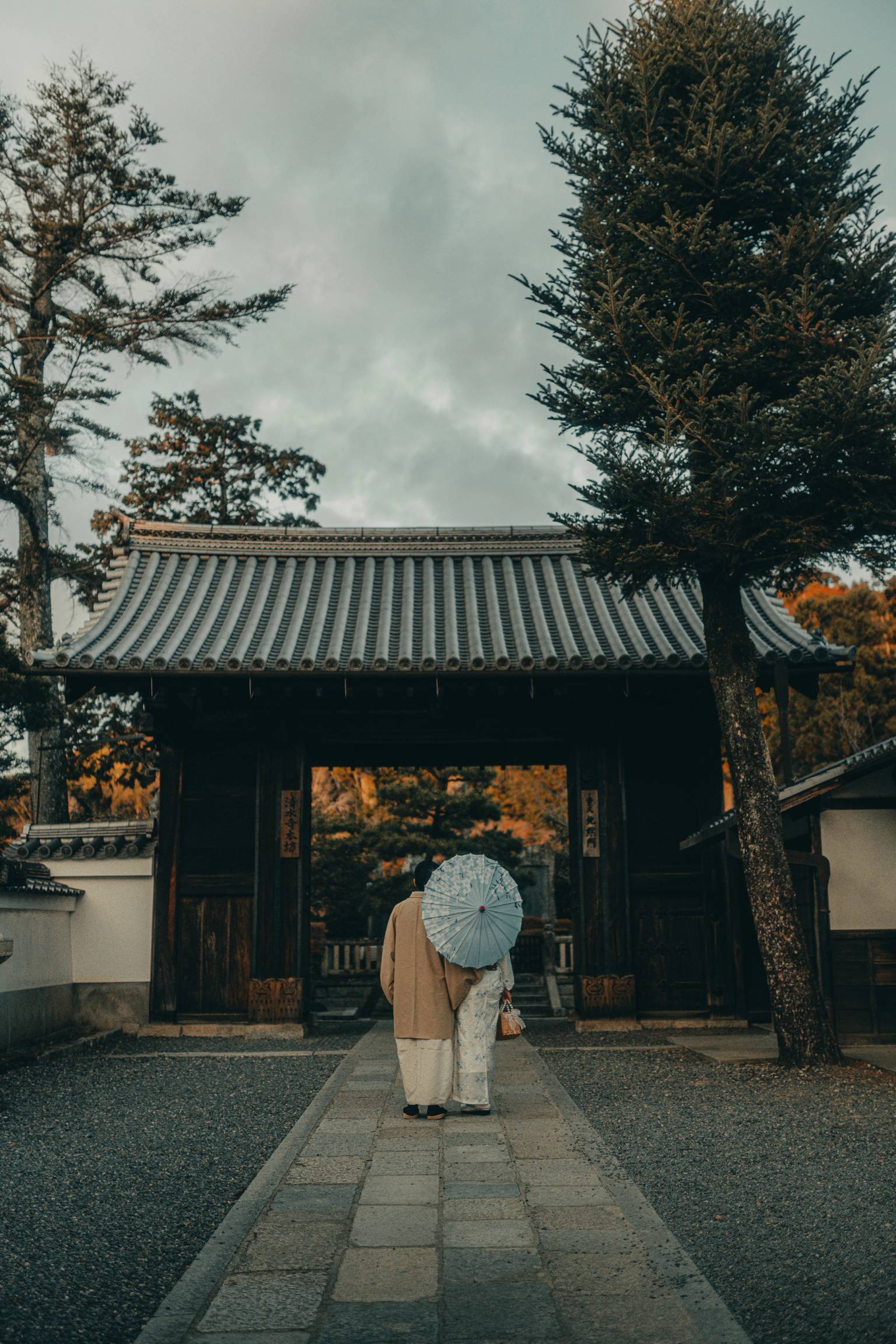
VR Exhibition Spatial Audio
Immersive spatial audio design for virtual reality art exhibition featuring 360-degree soundscape with binaural processing and interactive audio elements. Created a groundbreaking audio experience that transforms how visitors engage with digital art spaces.
The Challenge: Sound Without Presence
When Tech Art Gallery approached us with their vision for a revolutionary VR art exhibition, they faced a critical challenge: how to create an audio experience that would make visitors feel truly present in a virtual space. Traditional stereo audio felt flat and disconnected from the immersive visual elements they had crafted. They needed spatial audio that would respond dynamically to user movement, creating a sense of physical presence within the digital gallery space.
The exhibition featured works from 12 contemporary digital artists, each requiring unique audio treatment that would complement their visual aesthetics while maintaining cohesion across the entire virtual space. The technical requirements were demanding: sub-20ms latency for head tracking, seamless transitions between gallery rooms, and support for both Oculus and HTC Vive platforms.

Our Three-Pillar Approach
1. Binaural Precision Engineering
We implemented custom HRTF (Head-Related Transfer Function) processing using Unity's Spatializer SDK, calibrated specifically for gallery acoustics. Each audio source was positioned with millimeter precision in 3D space, creating authentic distance cues and directional awareness. The system processes over 64 simultaneous audio sources while maintaining crystal-clear spatial separation.
2. Interactive Audio Zones
Each artwork features proximity-based audio that responds to visitor movement and gaze direction. As users approach a piece, subtle audio cues emerge, building to full immersion when they engage directly. We created 47 unique interaction zones throughout the gallery, each with custom fade curves and trigger distances optimized for natural exploration behavior.
3. Seamless Room Transitions
Moving between gallery rooms required sophisticated audio crossfading that maintains spatial coherence while preventing jarring transitions. We developed a custom zone-based system that pre-loads adjacent room audio and uses advanced interpolation algorithms to create smooth acoustic transitions that mirror real-world gallery acoustics.

The Complete Experience Journey
Upon entering the virtual gallery, visitors are greeted by a carefully crafted ambient soundscape that establishes the space's acoustic signature. Subtle footstep sounds provide feedback for movement, while distant conversations and environmental sounds create the impression of a living, breathing gallery space.
As visitors explore, each artwork reveals its unique sonic character. Sarah Chen's digital sculpture 'Temporal Fragments' features crystalline tones that shift in pitch based on viewing angle, while Marcus Rodriguez's interactive installation 'Urban Pulse' responds to hand gestures with layered urban soundscapes. The audio design ensures each piece maintains its individual identity while contributing to the gallery's overall acoustic narrative.
Behind the Scenes: Technical Innovation
The development process required extensive research into psychoacoustics and spatial perception. We conducted over 200 hours of user testing, refining audio positioning algorithms and interaction timing. Our breakthrough came with the development of a custom reverb system that dynamically adjusts based on the virtual room's acoustic properties, creating unprecedented realism in VR audio.

One of our most significant innovations was the implementation of crowd simulation audio that creates the impression of other visitors without overwhelming the individual experience. Using advanced AI-driven positioning algorithms, we generated realistic foot traffic patterns and ambient conversations that enhance immersion while never interfering with artwork audio.
Measurable Impact and Results
The exhibition exceeded all expectations, attracting over 10,000 visitors in its first month. Average session duration reached 47 minutes, significantly higher than typical VR experiences. Visitor satisfaction surveys showed 94% rating the audio experience as 'exceptional' or 'transformative,' with many commenting on the unprecedented sense of presence achieved through spatial audio.
The technical performance metrics were equally impressive. We maintained consistent sub-18ms latency across all platforms, with CPU usage optimized to allow for high-resolution visual rendering alongside complex audio processing. The system successfully handled peak loads of 150 concurrent users without degradation in audio quality.
Industry Recognition and Media Coverage
The project gained significant attention from technology and art media. Wired Magazine featured the exhibition in their 'Future of Audio' cover story, highlighting our innovative approach to VR spatial audio. The project was also showcased at the International Audio Engineering Society convention, where it received the Innovation in Immersive Audio Award.

Several major VR platforms have since implemented techniques pioneered in this project. Our open-source contributions to the Unity Spatializer community have been downloaded over 50,000 times, helping elevate VR audio standards across the industry.
Continuing Innovation
The success of this project has opened doors for expanded collaboration with Tech Art Gallery. We're currently developing Phase 2 of the exhibition, which will feature AI-driven adaptive audio that learns from visitor behavior patterns to create personalized sonic experiences. Additionally, we're working on a mobile AR companion app that extends the gallery experience into physical spaces.
Ready to Transform Your VR Audio Experience?
Whether you're developing a VR exhibition, interactive installation, or immersive experience, our spatial audio expertise can elevate your project to new levels of engagement and realism. Contact us to discuss how we can bring your virtual world to life through innovative audio design.
Project Details
Client
Tech Art Gallery
Year
2023
Duration
6 weeks
Achievement
Featured in Wired Magazine - Future of Audio